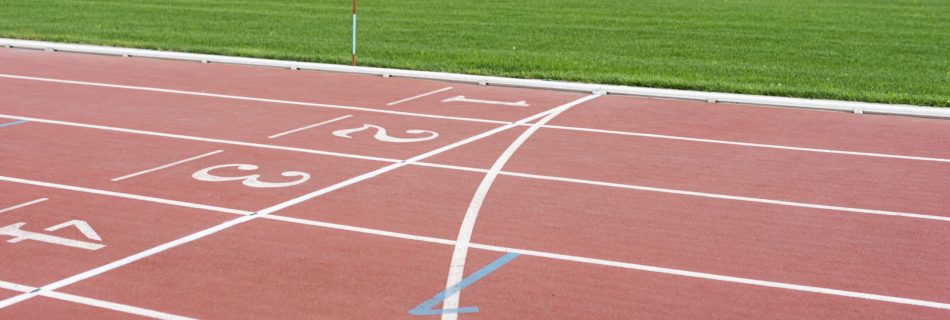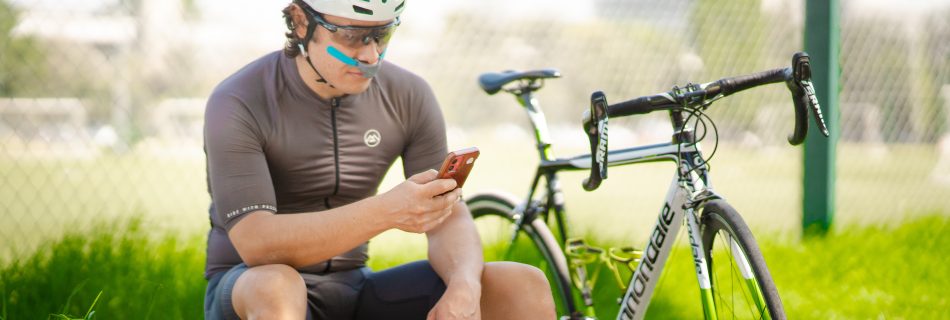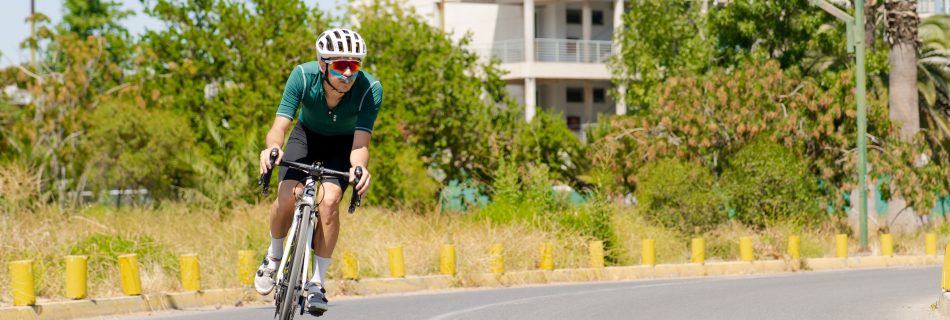CHASKi on the Track: Lab-Grade Precision in the Real World
For decades, physiological testing for endurance athletes has been dominated by laboratory-based ergospirometry—bulky equipment, masks, and controlled environments. While these setups are the gold standard for measuring key markers like ventilatory thresholds (VT1, VT2) and respiratory rate (RR), they come with limitations: cost, accessibility, and an environment that often feels far removed from real racing …
Read more “CHASKi on the Track: Lab-Grade Precision in the Real World”









